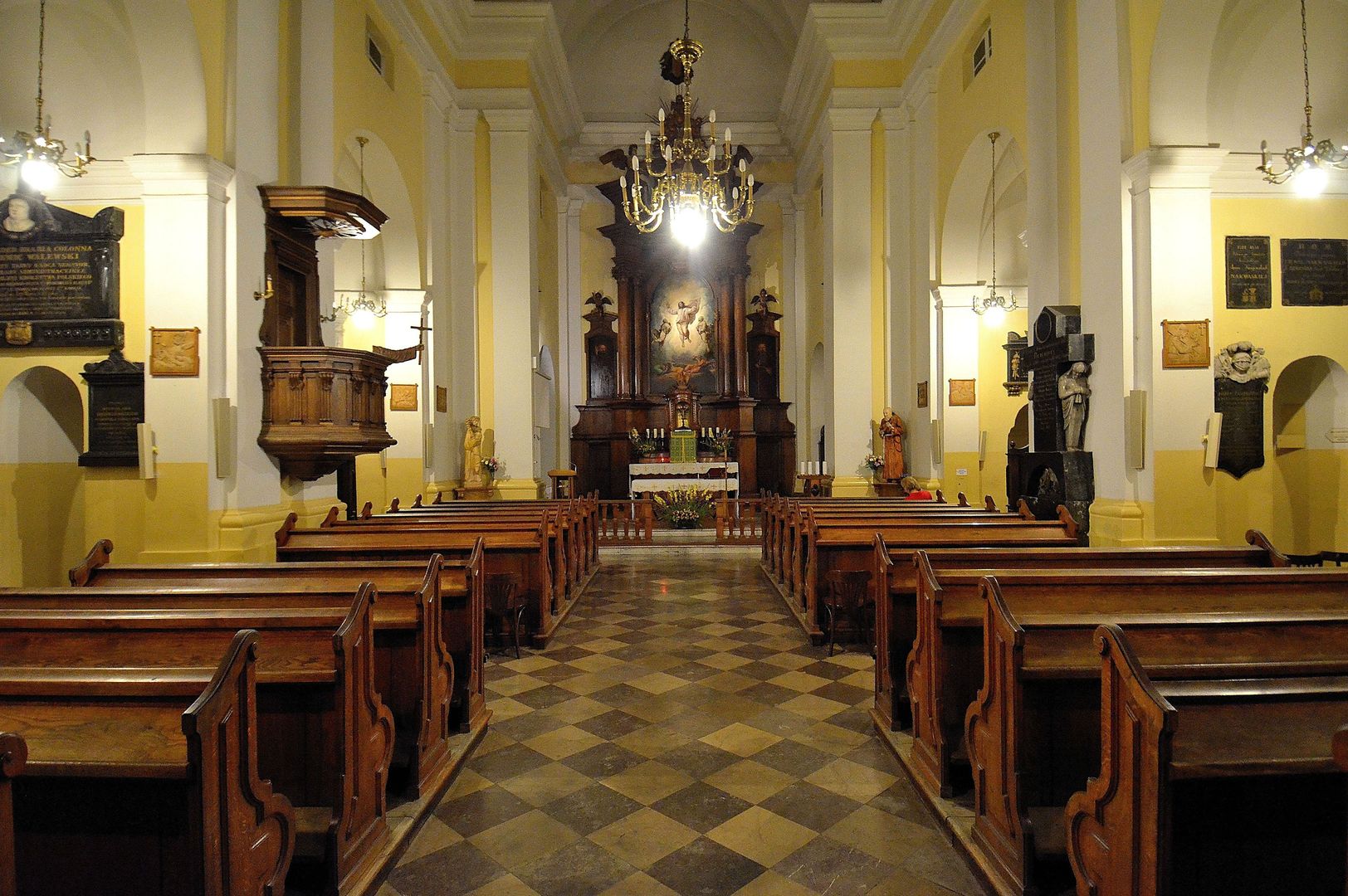Church of the Transfiguration of the Lord in Warsaw
6.13

Overview
The Church of the Transfiguration of the Lord, commonly known as the Capuchin Church, is a Baroque temple located on Miodowa Street in Warsaw, forming part of the Capuchin monastery complex. Its construction, initiated by King John III Sobieski, began in 1683 as a votive offering in gratitude for victories at the battles of Khotyn and Vienna, and was completed in the summer of 1694. The church features a modest Tuscan-style facade adorned with the Sobieski coat of arms and a commemorative plaque dedicated to Juraj Križanić. Inside, visitors can find numerous altars, including the main altar with a painting of the Transfiguration of the Lord by Szymon Czechowicz, as well as several chapels, among them the Chapel of John III, which houses sarcophagi containing the king’s heart and entrails placed in a leaden box. Notably, the church also holds a statue of St. Anthony of Padua and a wax effigy of St. Felix, renowned for its miracles.
The church has been the site of many significant historical events. In 1694, Pope Innocent XII incorporated the Capuchin foundation in Warsaw into the Tuscan province, strengthening their presence in Poland. On October 11, 1692, the church was consecrated, and its bell was brought from the Wilanów Palace. Despite wartime turbulence, the building remained undamaged, and the coronation of the image of the Blessed Virgin by nuncio Camillo Paolucci took place in the presence of a large gathering. Another pivotal moment occurred on June 17, 1983, when Pope John Paul II visited the church and prayed before the urn containing the heart of John III Sobieski. Thus, the church is not only a place of worship but also a witness to Warsaw’s rich history and culture.
Location
Tickets
Powered by GetYourGuide
2025 Wizytor | All Rights Reserved